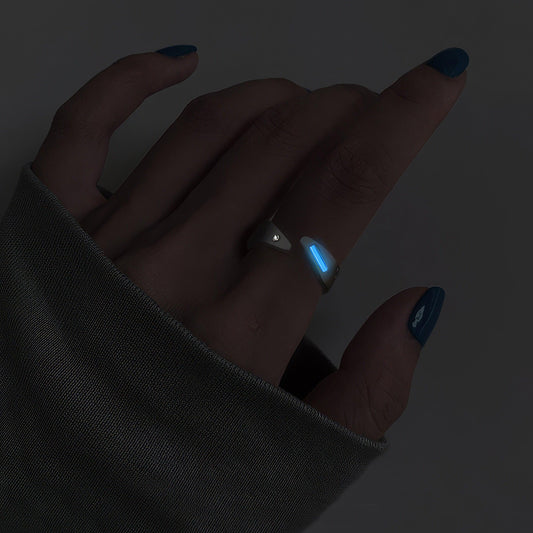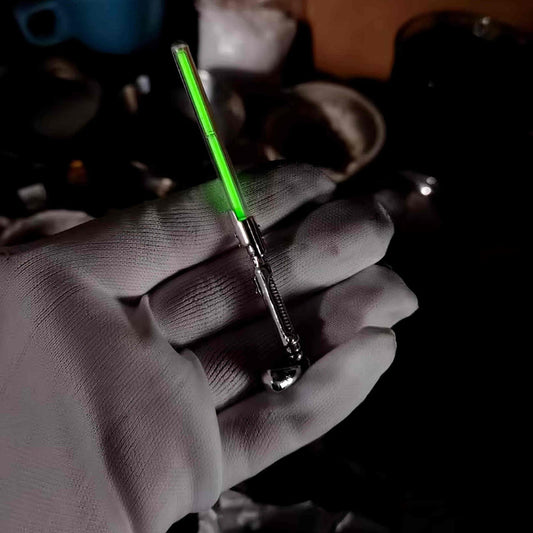Crowning Jewels The Legacy of the Cullinan Diamond
Crowning Jewels The Legacy of the Cullinan Diamond
I remember visiting London as a curious college student, eager to soak up every piece of history I could find. Among the many treasures, the Crown Jewels at the Tower of London held a particular allure. Little did I know that within the collection lay a piece of earth's ancient splendor that would forever captivate my imagination: the Cullinan Diamond.
Discovered in 1905 in South Africa, the Cullinan Diamond was an accidental find—a kind of cosmic lottery. It was unearthed by a mine superintendent who initially mistook it for a simple chunk of glass. The diamond, however, was anything but ordinary. At an astounding 3,106 carats, it remains the largest gem-quality rough diamond ever discovered. To give you a bit of perspective, that's about the size of a human heart, yet infinitely more valuable.
What happened next with this behemoth of a gemstone almost reads like a spy novel. Knowing the worth of such a find, the diamond's owners engaged in a bit of deception as they shipped it to England. To throw off potential thieves, a fake gem was sent via steamer, while the real Cullinan was sent across the ocean in an unremarkable parcel via regular post—an act of audacious simplicity that would be hard to imagine today.
Eventually, the Cullinan was presented as a gift to King Edward VII, and it was cut into nine major stones and ninety-six smaller ones. The largest of these, the Cullinan I, also known as the Great Star of Africa, weighs in at 530.2 carats. It's currently set into the head of the Sovereign's Sceptre with Cross, a fixture as dazzling as it is historically significant. Holding that sceptre as part of the British Crown Jewels, it has witnessed coronations, state openings, and countless other moments of British pomp.
But the allure of the Cullinan goes beyond mere size or royal associations. It's a symbol of the very idea of transformation—how something raw and undefined can become an object of breathtaking beauty, a theme as universal and timeless as the stars. This transformation reminds us, perhaps paradoxically, of life's transience. What has been shaped and polished today had lain hidden for millennia, and it belongs as much to the earth as it does to human culture.
The Cullinan Diamond also illustrates the complex relationship between humanity and nature, a dance of admiration, exploitation, and stewardship. Diamonds, after all, are a testament to the earth's incredible story, formed under billions of years of pressure. They capture the light in such a way that when you gaze into them, you're not just seeing a polished stone but glimpses of the universe's own history.
The story of the Cullinan resonates with me because it underscores the beauty of discovery—the idea that around any corner, in any unlikely place, something extraordinary could be waiting. Maybe that's why, years after my trip to the Tower of London, I still find myself occasionally caught in reverie over this incredible gemstone, the enduring magic of hidden treasures, and the inexhaustible wonder that the natural world continues to offer.
As I walked away from the Tower that day, I realized that while I might never hold a diamond like the Cullinan, its story sparkles enough to leave a lasting impression, a shimmering reminder of nature's grandeur and the narratives we carve from it.



























